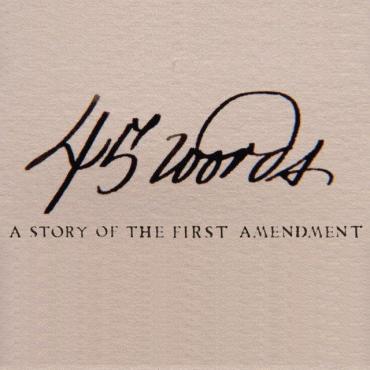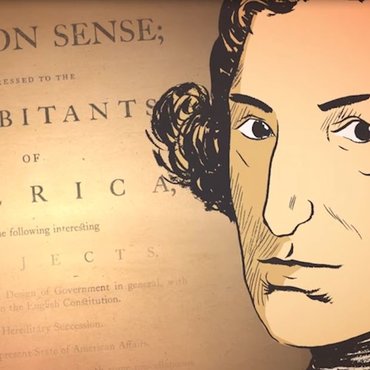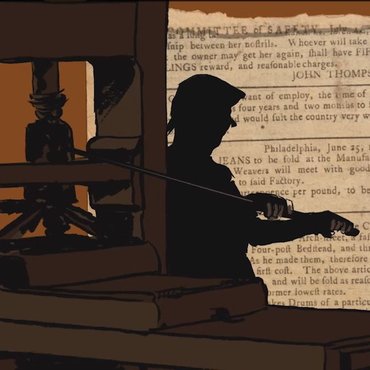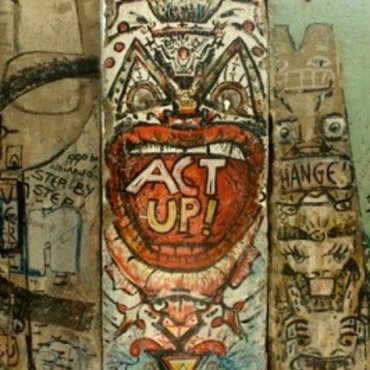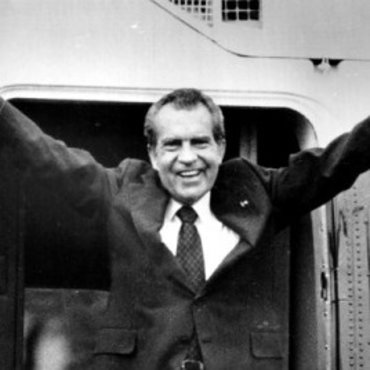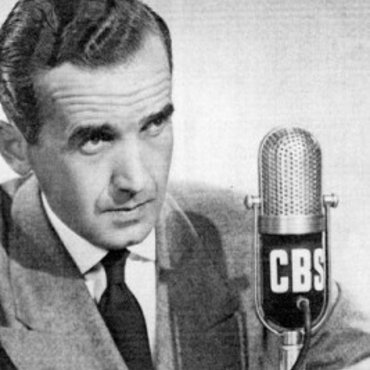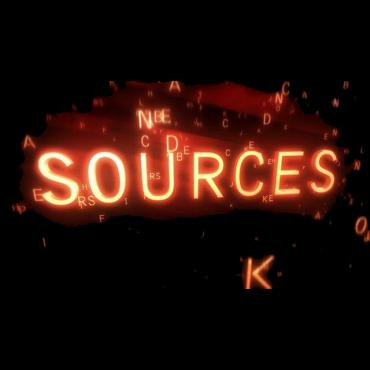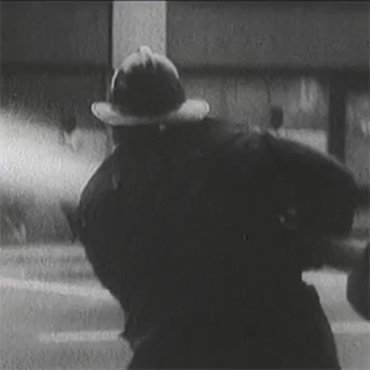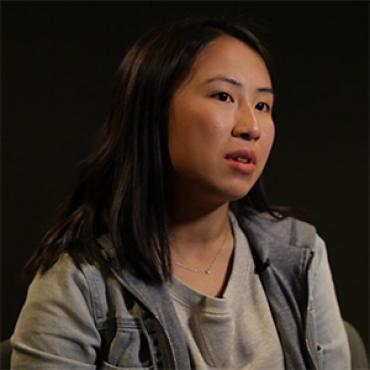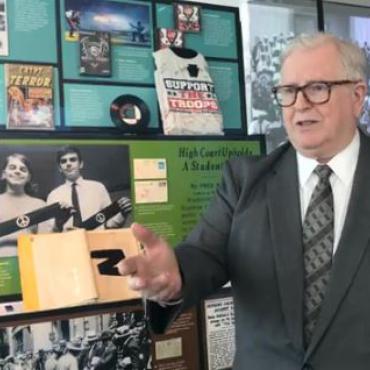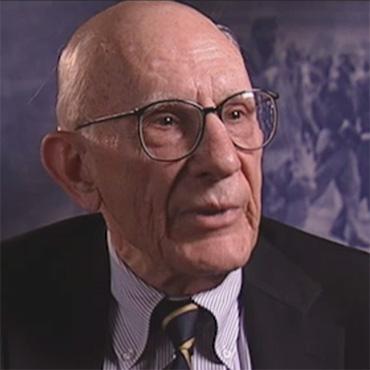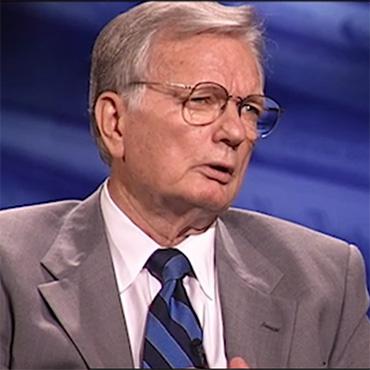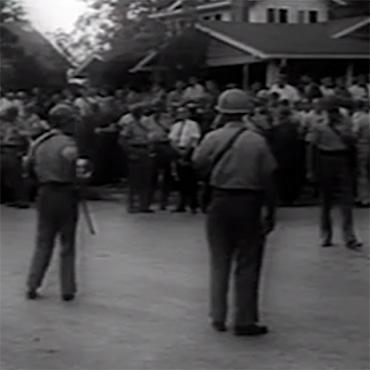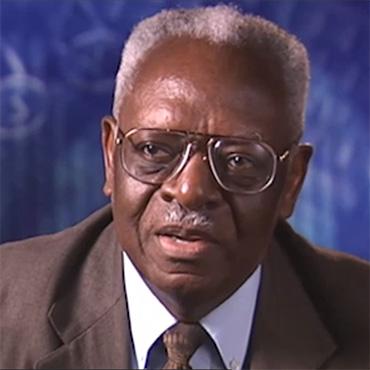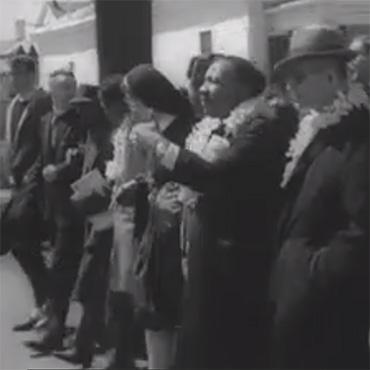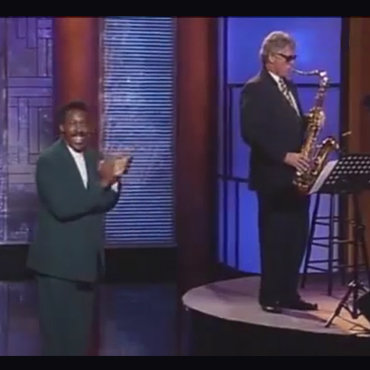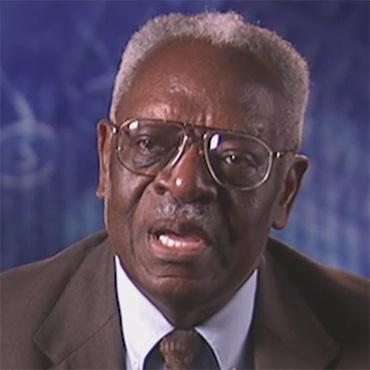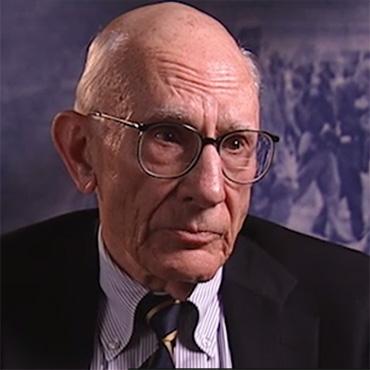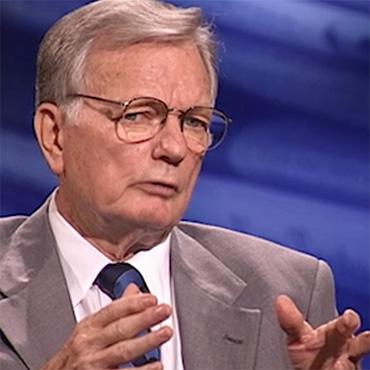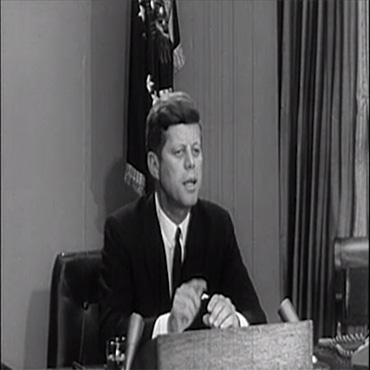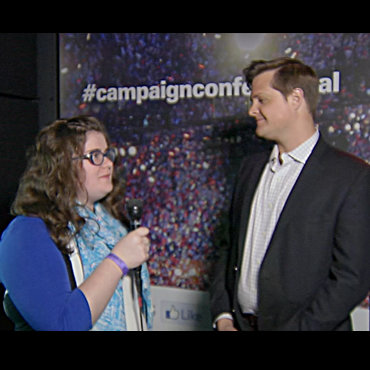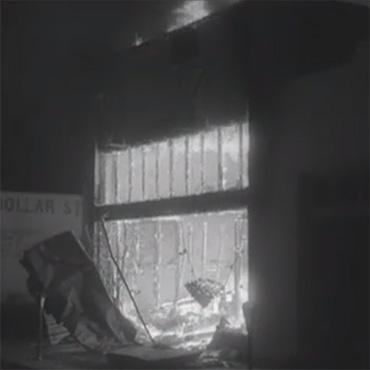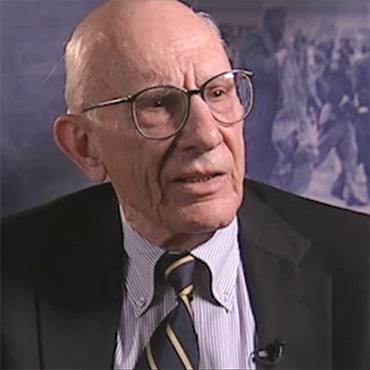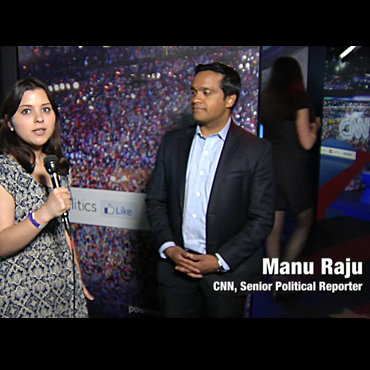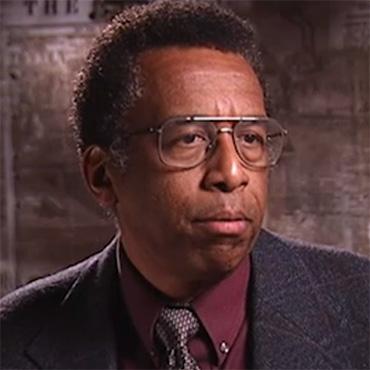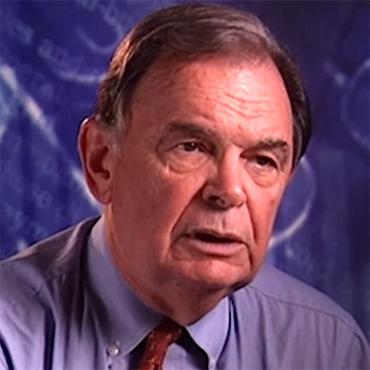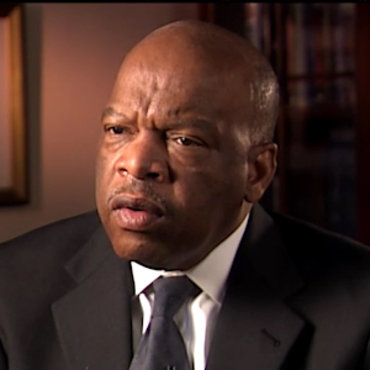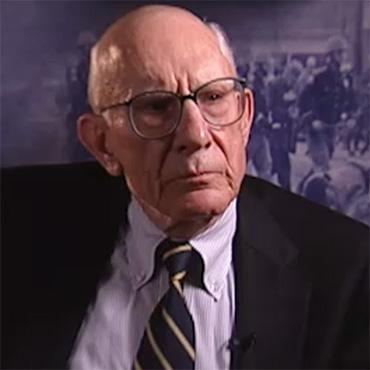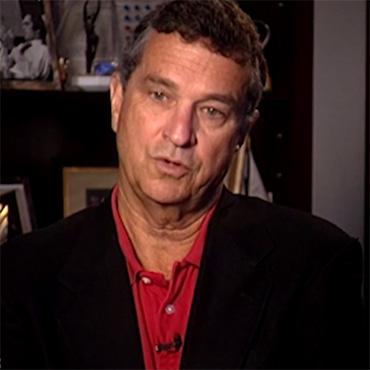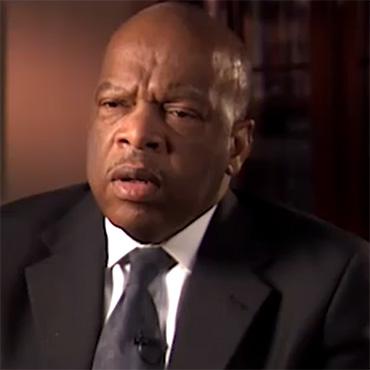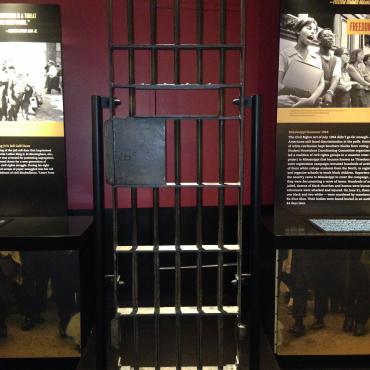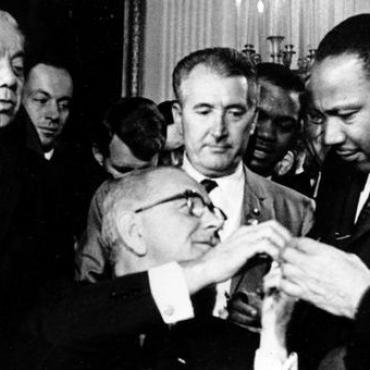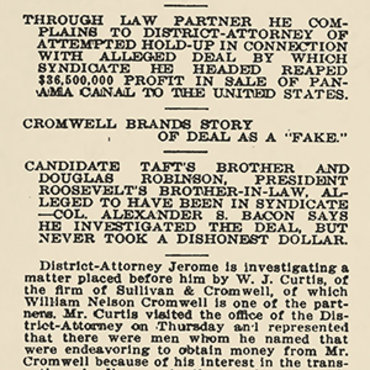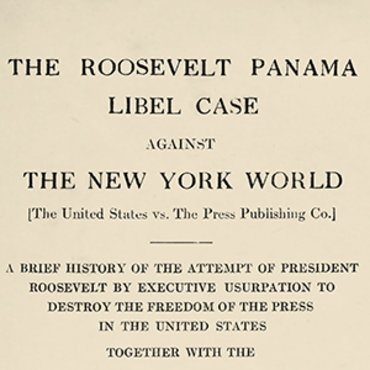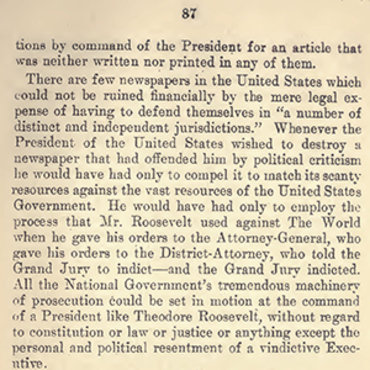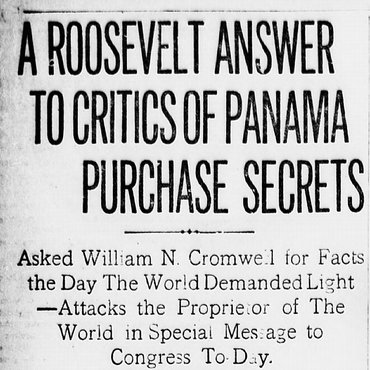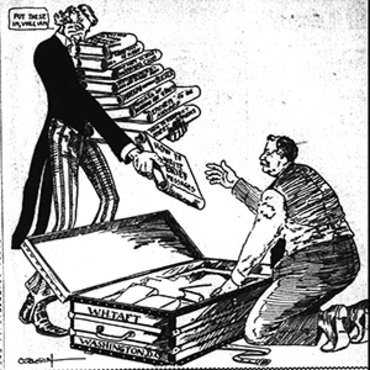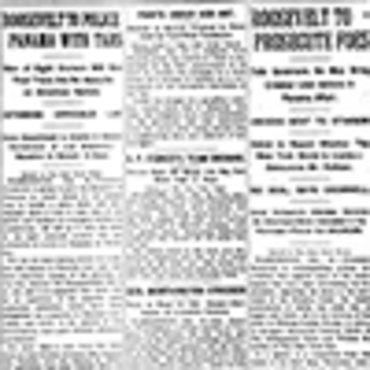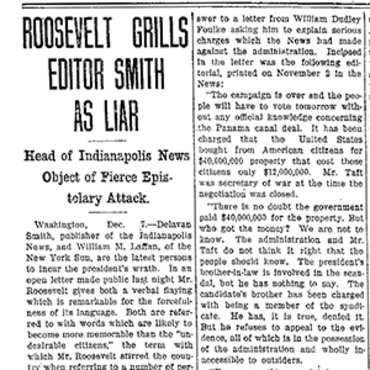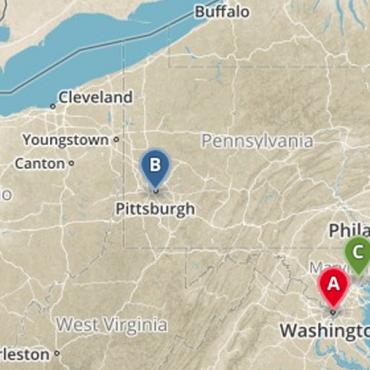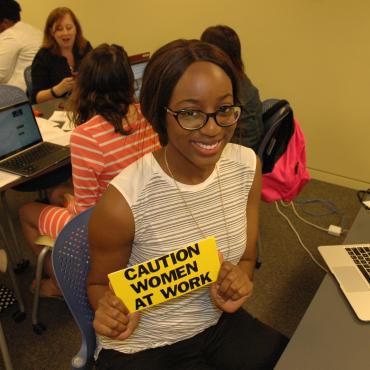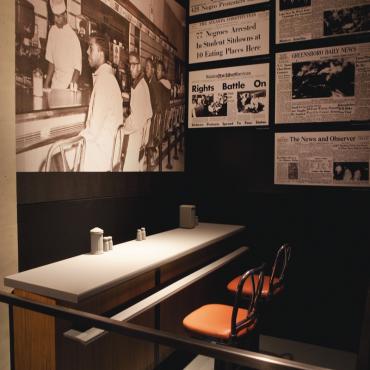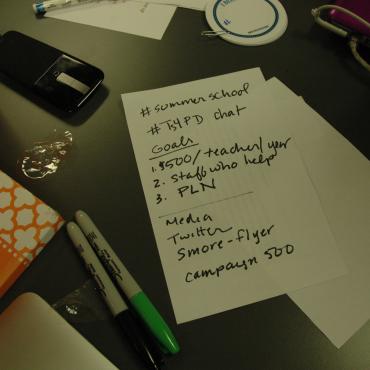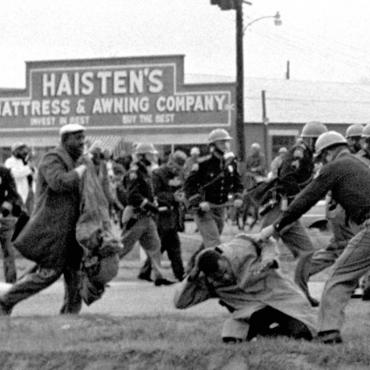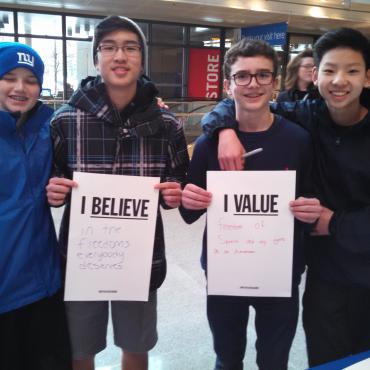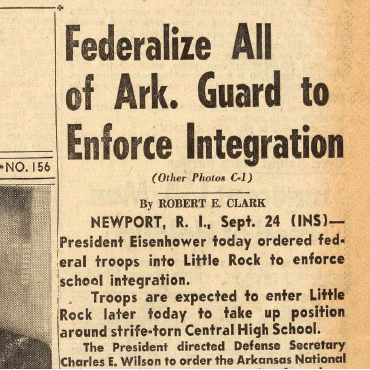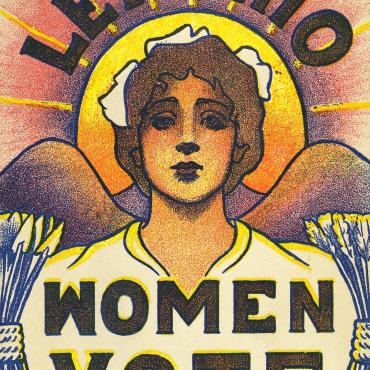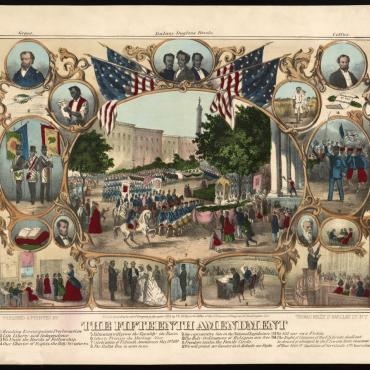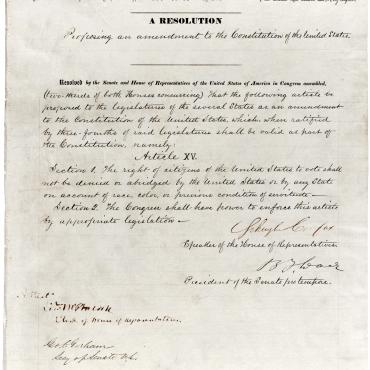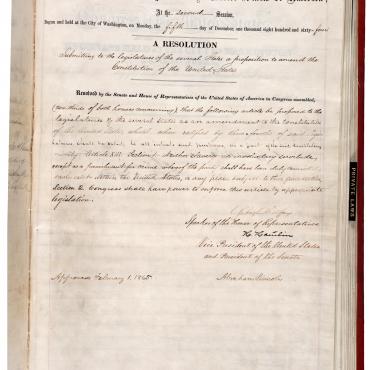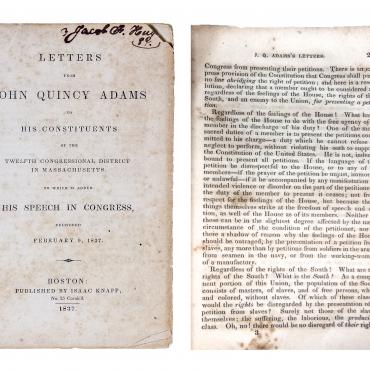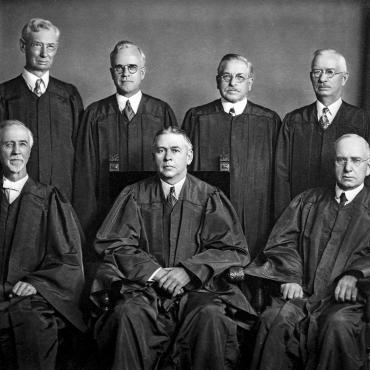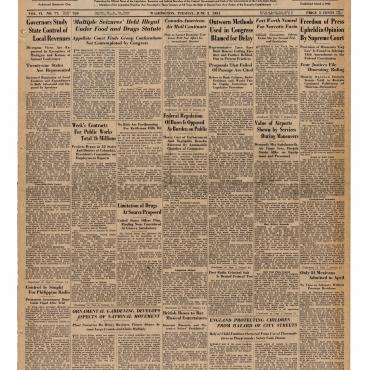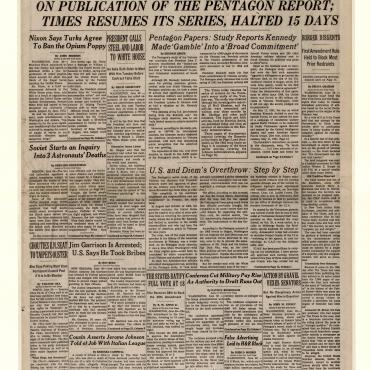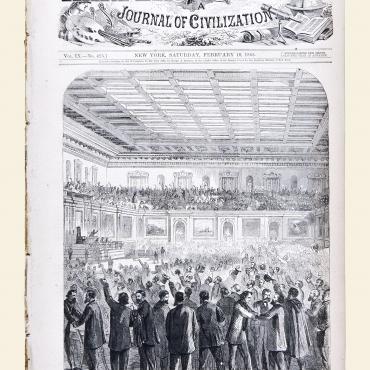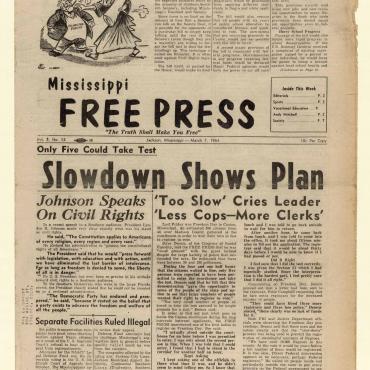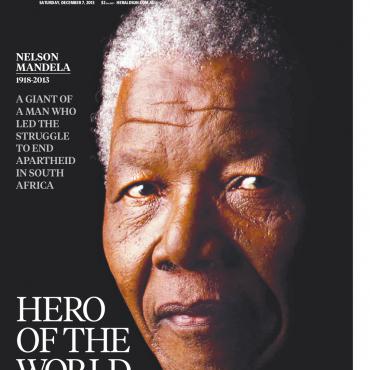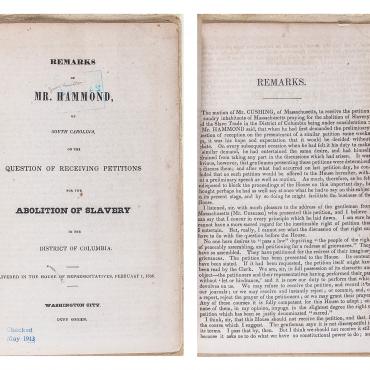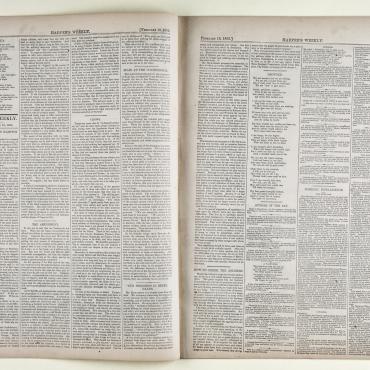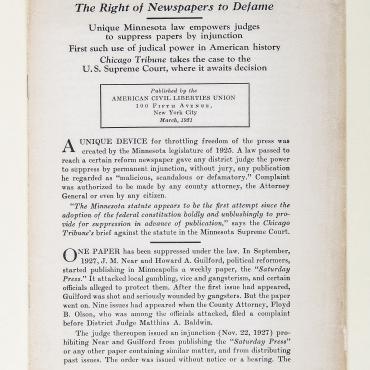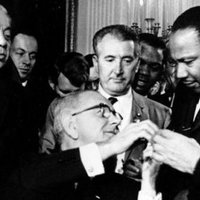
'The Press and the Civil Rights Movement' Video and Lesson
This video explores the interplay between a free press and the civil rights movement’s fight for equality.
Get even more great free content!
This content contains copyrighted material that requires a free NewseumED account.
Registration is fast, easy, and comes with 100% free access to our vast collection of videos, artifacts, interactive content, and more.
NewseumED is provided as a free educational resource and contains copyrighted material. Registration is required for full access. Signing up is simple and free.
With a free NewseumED account, you can:
- Watch timely and informative videos
- Access expertly crafted lesson plans
- Download an array of classroom resources
- and much more!
- Civil Rights
- Constitution
- Journalism
- Politics
- 9-12
- College/University
- Tell students that, using the civil rights movement as a case study, they will learn more about the First Amendment’s power to bring about profound social change and the role and challenges a free press embraces when tackling controversial issues. Check for background knowledge by asking:
- What do you know about Martin Luther King Jr. and the civil rights movement?
- What do you know about the First Amendment and freedom of the press?
- How might the news media play a role in changing society?
- Remind students that the civil rights movement was rooted in the southern United States, where a system of so-called Jim Crow laws historically segregated the races, and reached its height in the 1950s and 1960s under the leadership of savvy and impassioned organizers, including Martin Luther King Jr. These leaders gained national attention for the cause with marches, boycotts and other dramatic, nonviolent forms of protest.
- Explain that as they watch the video, students will see how print and broadcast news media reported on protests both peaceful and violent, and the impact of their coverage resonated locally and nationwide.
- Hand out copies of the viewing questions. Instruct students to look them over in advance and then take notes as they watch the video.
- Watch the video.
- Ask students to complete the comprehension questions (in class or for homework).
- “The Press and the Civil Rights Movement” Video Lesson worksheet (download), one per student
- Internet connection to watch video
- “Civil Rights Movement” handout (download, optional)
Ask your students to reflect on the tension between freedom of press and national security and unity. Discuss or assign one or more of these questions as short essays for homework:
- Compare the media landscape today to that during the height of the civil rights movement. How have TV, radio and newspapers changed since that time? What new media have been invented? How have these developments changed the ways we get news?
- What would happen if the civil rights movement occurred today and was trying to get national attention for its cause? Do you think it would be harder or easier to get media coverage of an event or cause today than in the 1950s and 1960s? Why?
- Southern newspapers often supported segregation by ignoring or mischaracterizing the actions of the civil rights movement. This type of reporting — supporting or undermining certain viewpoints, instead of reporting fair and objective information — is called media bias. Is media bias an issue today? If no, discuss why not. If yes, discuss why media bias remains an issue, and give examples.
- Does the civil rights movement continue today? What goals has it achieved? What goals is it still working toward?
- How would this movement have been different if freedom of the press did not exist in this country? Cite specific events shown in the video, and consider what would and would not have been possible.
- What are some other examples of civil rights issues throughout history and today? How did the civil rights movement depicted in this video pave the way for future civil rights campaigns?
- Even when the news is not strongly biased — as much of the Southern coverage of the civil rights movement was — different journalists and news outlets may choose to cover the same story in different ways. Pick a current news story. Gather at least five different news articles and/or videos on your story. As you read/watch each news source you’ve gathered, make a list of the important ideas and facts it presents. Compare your lists. Which ideas/facts appear in all of your sources? Which facts appear in only a few? Do any appear in only one? Having read multiple sources, write a paragraph about how your understanding of this story is different than it would be if you had read only one.
- When we read or watch a news story, it’s important to think about where the information came from. During the civil rights movement, journalists often faced challenges that made it difficult to gather information and accurately report what was happening. Watch the video again, and make a list of all the obstacles reporters covering these events faced (angry bystanders, tear gas, etc.). Now imagine you are an editor for a 1950s or 1960s newspaper or TV news show. Create a list of guidelines for the reporters working for you who are covering the civil rights movement. What should they expect to see when they arrive? With whom should they try to speak? What should they try to film or photograph? What challenges and dangers should they be aware of?
- Create a chart showing the different ways the civil rights movement used freedom of the press to achieve its goals. You can use examples from the video and others you find in textbooks, online reference sites, etc. Column 1: Write a form of the press (TV, radio or newspapers). Column 2: Describe a time or times when the movement used this medium. Column 3: Explain how this use it helped the movement achieve its goals.
- Create a chart showing the different ways the civil rights movement used all five First Amendment freedoms to achieve its goals. You can use examples from the video and others you find in textbooks, online reference sites, etc. Column 1: Write a First Amendment freedom (religion, speech, press, assembly or petition). Column 2: Describe a time or times when the movement used this freedom. Column 3: Explain how using this freedom helped the movement achieve its goals.
- How can today’s social movements use freedom of the press? Pick a change you’d like to see achieved in today’s society, for example, lowering the voting age to 16 or eliminating childhood hunger. Create a plan for how you could use freedom of the press to work toward achieving this change. Which newspapers, TV shows or bloggers would you contact? What would you do to get their attention? How could you use the Internet to spread your message?
- Choose an individual from the glossary list of key people. Research this person and write a more extended biography, focusing on his or her role in the civil rights movement and his or her use of freedom of the press. Prepare a presentation for your class; you may choose to present as the individual you researched.
- Research Hazel Brannon Smith and prepare a presentation for your class that answers these questions: Who was she? What was her role in the civil rights movement? Why was she the target of violence and vandalism?
- Create a collage of images that relate to the theme of civil rights. They can be images from the past or the present. When you’ve completed your collage, write a paragraph explaining why you chose these images and what your collage represents.
-
Common Core State Standards: CCSS.ELA-LITERACY.CCRA.SL.2
Integrate and evaluate information presented in diverse media and formats, including visually, quantitatively, and orally.
-
National Center for History in the Schools: NCHS.Historical Thinking.3
A. Compare and contrast differing sets of ideas. B. Consider multiple perspectives. C. Analyze cause-and-effect relationships and multiple causation, including the importance of the individual, the influence of ideas. D. Draw comparisons across eras and regions in order to define enduring issues. E. Distinguish between unsupported expressions of opinion and informed hypotheses grounded in historical evidence. F. Compare competing historical narratives. G. Challenge arguments of historical inevitability. H. Hold interpretations of history as tentative. I. Evaluate major debates among historians. J. Hypothesize the influence of the past. -
National Center for History in the Schools: NCHS.US History.Era 9
Standard 1: The economic boom and social transformation of postwar United States Standard 2: How the Cold War and conflicts in Korea and Vietnam influenced domestic and international politics Standard 3: Domestic policies after World War II Standard 4: The struggle for racial and gender equality and for the extension of civil liberties -
National Center for History in the Schools: NCHS.US History.Era 10
Standard 1: Recent developments in foreign policy and domestic politics Standard 2: Economic, social, and cultural developments in contemporary United States
-
Center for Civic Education: CCE.V
A. What is citizenship? B. What are the rights of citizens? C. What are the responsibilities of citizens? D. What civic dispositions or traits of private and public character are important to the preservation and improvement of American constitutional democracy? E. How can citizens take part in civic life?
